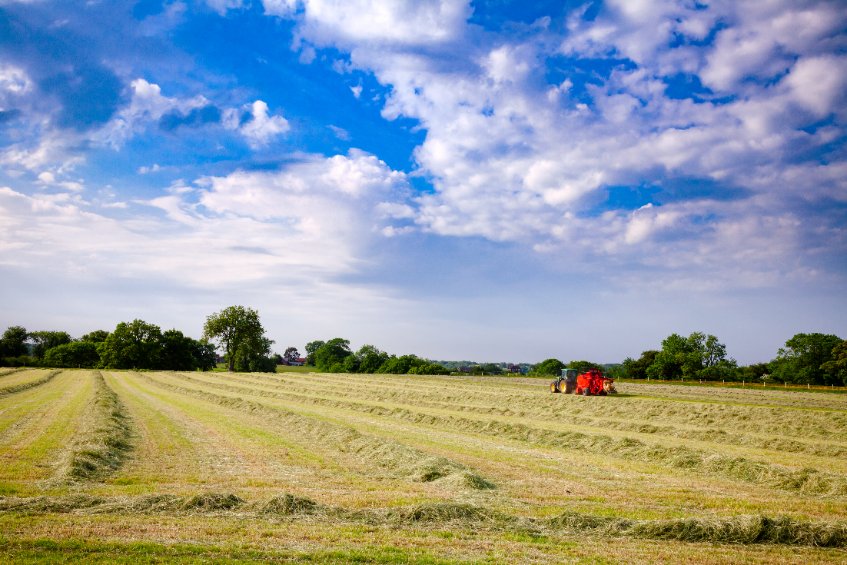
Dairy farmers should brace themselves for ‘the perfect storm’ when it comes to silage quality this winter, with second cut results flagging palatability and digestibility issues.
Although the results were variable in terms of quality, averages highlighted issues with fermentation and fibre levels, despite generally adequate protein and energy levels.
Mole Valley Farmers’ senior nutritionist, Dr Robin Hawkey said figures to August end showed silages, on average, were high in fibre with an average digestibility (D) value of 67.2.
Results also showed a lactic acid to Volatile Fatty Acid (VFA) ratio of 2:1, with the ideal being 5:1.
According to Dr Hawkey, this could make silages prone to heating and secondary fermentation, causing palatability issues.
“If you have got the perfect storm with a high fibre and low palatability silage, then cows won’t eat as much, and what they do eat won’t be as digestible," he warned.
To help the situation, he urged farmers growing maize to harvest it in a timely manner to avoid adding to the problem with high fibre maize.
He also suggested managing feed ingredients carefully to ensure the rumen bugs remained in optimum condition and could make the most out of the silage.
“Live yeast cultures can help make the rumen fire on all cylinders,” Dr Haekey explained.
“If you have done a silage analysis and results show a dry matter (DM) in excess of 35-40% and a ratio of lactate to VFA of less than three, silage face management and moving across it quickly will be critical.
"The face will spoil quicker if the fermentation is not as good,” he added.
